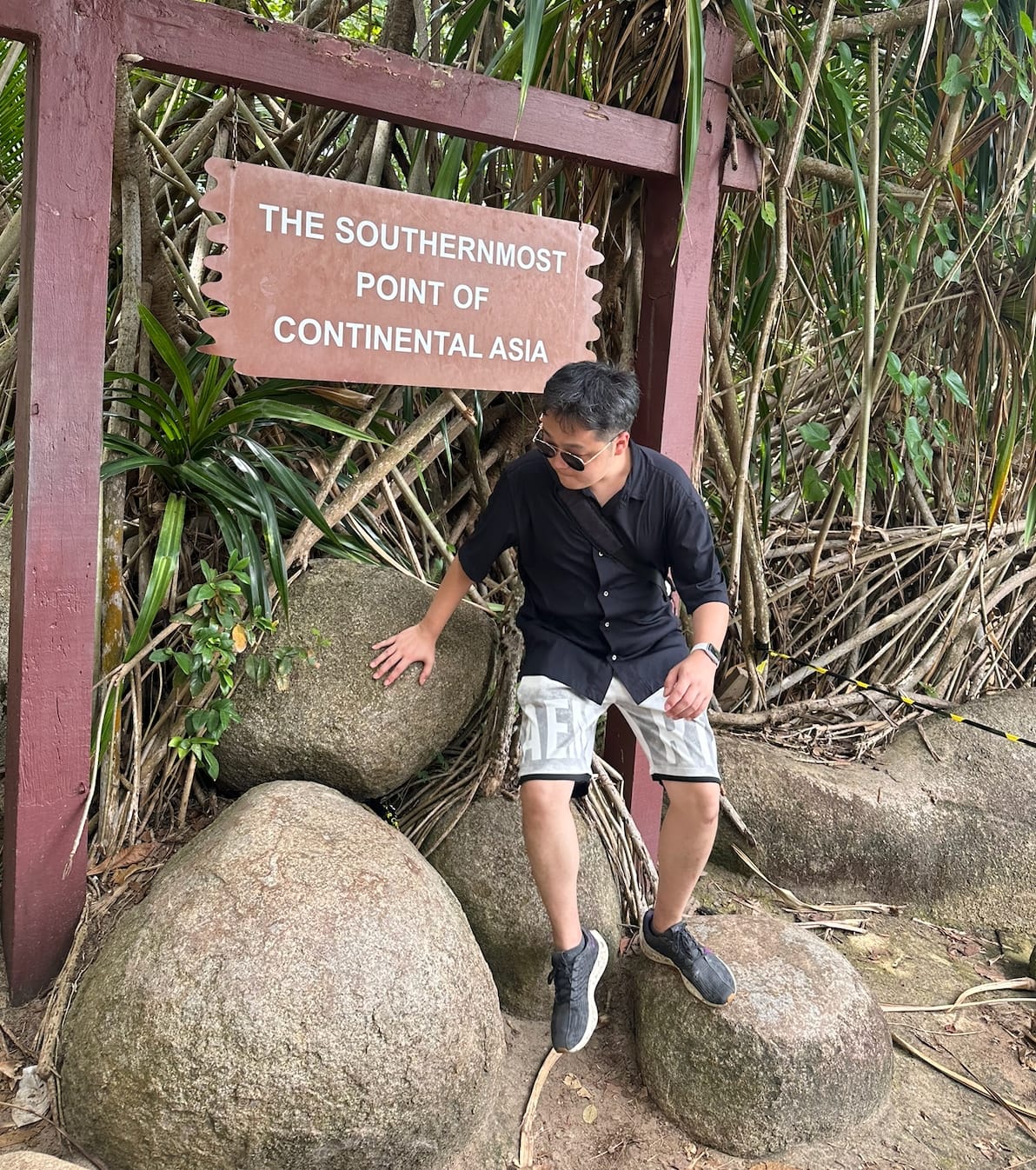Japan is a country where futuristic cityscapes coexist with ancient traditions, and serene nature lies just a train ride away from bustling metropolises. This 20-day Japan itinerary is designed for the adventurous soul—the traveler who wants to see the neon lights of Tokyo but also hear the silent footsteps of pilgrims on an ancient trail. It’s a journey that balances iconic sights with profound cultural immersion, perfect for an active solo traveler ready to explore the heart of Honshu island.
Crafting such a complex trip can be daunting, from optimizing train routes to booking that one-of-a-kind temple stay. That's where AI-powered trip planning comes in. This guide provides the blueprint for an unforgettable adventure, but remember that every journey should be unique to you.
Plan smarter with iMean.ai — your personal AI trip planner that builds your perfect Japan itinerary in seconds.
Why Visit Japan?
Japan offers a stunning diversity of experiences that cater to every type of traveler. This itinerary focuses on a blend of urban energy, alpine beauty, and spiritual depth.
- Timeless Culture & Deep History: Explore Kyoto’s thousands of temples and shrines, witness the solemn history of Hiroshima, and stay overnight with monks at a 1,200-year-old temple complex on Mount Koya.
- Breathtaking Nature: From the iconic silhouette of Mount Fuji to the sacred cedar forests of the Kumano Kodo pilgrimage trails, Japan’s natural landscapes are both pristine and deeply spiritual.
- World-Class Cuisine: Indulge in everything from Michelin-starred sushi in Tokyo to savory okonomiyaki in Osaka and vegetarian Buddhist feasts (shojin ryori) in a mountain temple.
- Unforgettable Experiences: This isn't just a sightseeing trip. You'll hike ancient paths, sleep in traditional ryokans and minshuku, and interact with sacred deer in Nara.
Best time to visit: This itinerary is perfect for early March. You’ll experience the tail end of winter in the mountains, meaning fewer crowds on hiking trails, while catching the first delicate plum and early cherry blossoms in the warmer southern regions.
How to get around Japan: Japan’s public transportation system is unparalleled. The Shinkansen (bullet train), limited express trains, and local buses are clean, efficient, and famously punctual, making a multi-destination trip like this a seamless experience.

20-Day Itinerary Breakdown
This detailed plan is ambitious yet perfectly paced for an active traveler. It balances city exploration with essential time for nature and reflection.
Days 1–5: Tokyo's Urban Energy & Ancient Soul
Arrive in Tokyo and dive headfirst into the world's most exciting metropolis. Spend your first days exploring the contrasting districts, from the electric energy of Shibuya Crossing to the traditional charm of Asakusa's Senso-ji Temple. Dedicate a full day to a trip to Nikko, a stunning UNESCO World Heritage site known for its ornate shrines and beautiful natural surroundings nestled in the mountains.
- Top Experiences: Shibuya Sky for 360° views, Tsukiji Outer Market for fresh sushi breakfast, exploring the trendy neighborhoods of Harajuku and Shimo-Kitazawa.
- Tip for Solo Travelers: Purchase a Suica or Pasmo IC card upon arrival. It makes tapping through train gates and paying at convenience stores incredibly simple.

Days 6–8: The Majestic Japanese Alps
Leave the city behind and travel towards Kawaguchiko, one of the Fuji Five Lakes. Spend two nights here to maximize your chances of a clear view of Mount Fuji. Rent a bike and cycle around the lake for breathtaking perspectives. Next, journey to the beautifully preserved town of Takayama, with its old-world charm and morning markets. From here, take a bus trip to the iconic thatched-roof farmhouses of Shirakawa-go, another UNESCO site that feels like stepping back in time.

Days 9–13: The Cultural Heart of Kansai
Travel to Kyoto, the former imperial capital and the cultural soul of Japan. With five days here, you can move beyond the main sights. Explore the endless red torii gates of Fushimi Inari Shrine at dawn, walk through the magical Arashiyama Bamboo Grove, and spend an evening hoping to spot a geisha in the Gion district. Dedicate one of these days to an easy trip to Nara, Japan's first permanent capital, where you can marvel at the 15-meter-tall Great Buddha and feed the sacred, bowing deer.

Days 14–17: A Sacred Pilgrimage
This is where the true adventure begins. Travel to the sacred Mount Koya (Koyasan), the center of Shingon Buddhism. Spend the night in a shukubo (temple lodging), eat vegetarian meals with the monks, and join their morning prayer ceremony—a truly transformative experience. The next day, begin your two-day hike on the Kumano Kodo, an ancient network of UNESCO-listed pilgrimage trails. You'll walk through mystical forests, stay in a family-run minshuku, and follow in the footsteps of emperors and samurai. Use a luggage-forwarding service (takkyubin) to send your main bag ahead, allowing you to hike with just a small daypack.

Days 18–20: Reflection, Resilience & Foodie Paradise
After your hike, travel to Hiroshima. Confront its tragic history at the Peace Memorial Park and Museum—a sobering but essential visit. The next day, take a short ferry to the enchanting island of Miyajima, famous for its "floating" Itsukushima Shrine torii gate. Finally, end your journey in Osaka. Known as Japan's kitchen, spend your last evening indulging in street food like takoyaki and okonomiyaki in the vibrant Dotonbori district before your departure.

Practical Travel Tips
- Budget: A comfortable mid-range budget for this 20-day trip is approximately $3,500–$4,000 USD per person, excluding international flights. This covers accommodation, transport, food, and entry fees. A budget traveler could do it for closer to $2,500, while luxury options are limitless.
- Transportation: For this specific itinerary, purchasing individual train and bus tickets is often more economical than a nationwide Japan Rail Pass. The route includes many private railway lines (e.g., to Mount Koya) and buses not covered by the pass.
- Accommodation & Dining: Book unique accommodations like ryokans, shukubo, and minshuku several months in advance, as they have limited availability. For dining, don't miss out on cheap and delicious meals from convenience stores (konbini) and local ramen shops to balance out finer dining experiences.
- Cultural Tip: While Japan is a high-tech society, many smaller inns, restaurants, and shops in rural areas (like on the Kumano Kodo) are cash-only. Always carry a sufficient amount of Japanese Yen.
Use iMean.ai to customize this route — find flights, book hotels, and discover attractions all in one chat.
FAQs about Traveling in Japan
Q1: What is the best month to visit Japan?
A: Spring (March-May) for cherry blossoms and Autumn (October-November) for vibrant foliage are the most popular and beautiful seasons. However, early March is fantastic for fewer crowds and a mix of late winter scenery and early spring blooms.
Q2: How many days do I need for Japan?
A: A 10-day trip can cover the highlights of Tokyo and Kyoto. However, a 20-day Japan itinerary like this one allows for a much deeper immersion into the country's culture, nature, and spiritual heart.
Q3: Is Japan safe for solo female travelers?
A: Absolutely. Japan is consistently ranked as one of the safest countries in the world. It is an excellent destination for solo travelers, including women, due to its low crime rate and helpful, respectful culture.
Q4: Is a Japan Rail Pass worth it for this 20-day itinerary?
A: Not always. While the JR Pass can be a great value for some trips, this itinerary involves significant travel on non-JR trains and buses. An AI travel planner like iMean.ai can help calculate whether individual tickets or a pass is more cost-effective for your specific route.
Plan with iMean AI
Ready to turn this Japan itinerary into your personalized adventure? This guide is just the beginning. Your travel style, budget, and interests are unique, and your trip plan should be too.
Chat with iMean.ai to create your 20-day Japan itinerary instantly — including the best flights, unique hotels, and authentic activities tailored just for you. Stop planning, start traveling.







